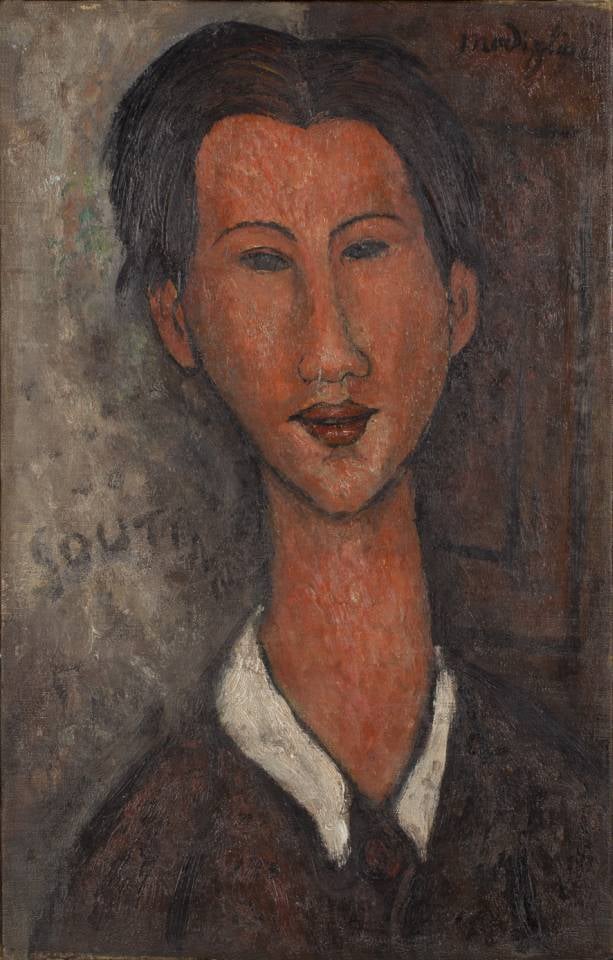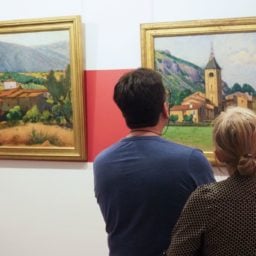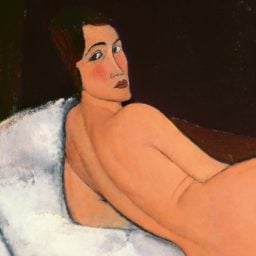Visitors flocked to an exhibition of work by Amedeo Modigliani in Genoa, Italy, last year—but now that an expert has concluded that many of the works on view were fake, some of them want their money back. An Italian consumer group plans to file a class action lawsuit to secure a full refund for visitors to the show.
The suit will also seek compensation for the 100,000 attendees’ travel expenses, according to the Times of London. A hotline has even been set up for dissatisfied visitors, the Associated Press reports. Tickets to the show, titled simply “Modigliani,” were priced at €13 ($15.67).
Neither the National Association for Protection of Consumers nor consumer advocate Furio Truzzi, who is leading the refund effort, responded to emails or phone messages seeking comment.
The Genova Palazzo Ducale opened the exhibition in March, but was forced to shut it down three days early in July, after a local prosecutor ordered the seizure of 21 works suspected to be forgeries.
“When a painting is a fake, it is missing its soul, and these were missing that three dimensional elegance of Modigliani—even a child could see these were crude fakes,” the collector Carlo Pepi, who first raised suspicions about the works, told the Telegraph at the time. “I thought, poor Modigliani, to attribute to him these ugly abominations.”
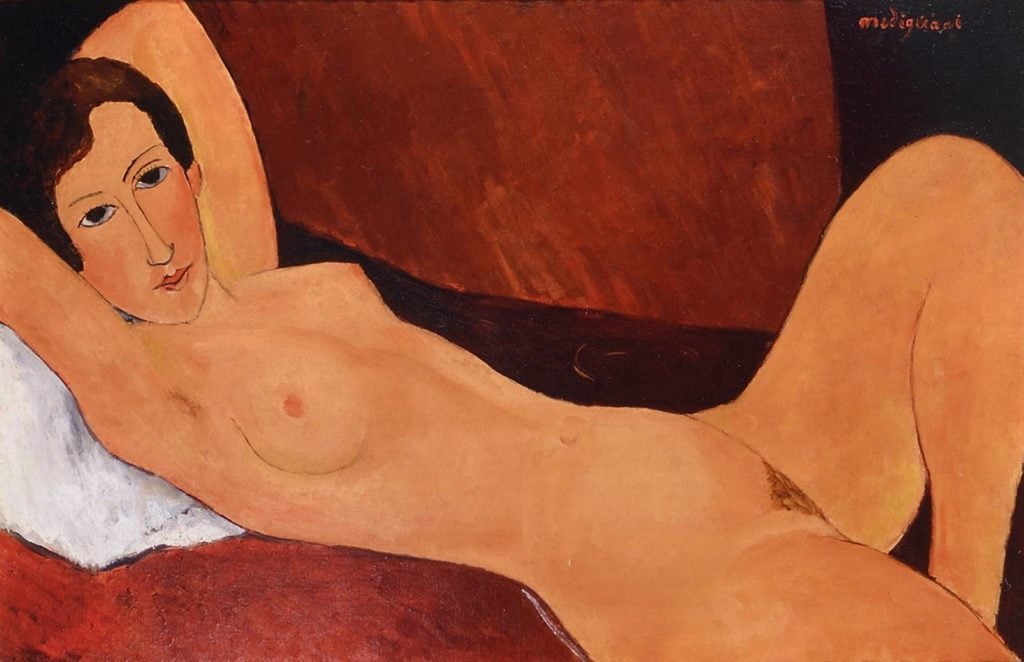
This Amedeo Modigliani, Reclining Nude (Portrait of Céline Howard), was seized from an exhibition in Genoa and proven to be a fake. Courtesy of the Genova Palazzo Ducale.
His opinion, delivered solely on the basis of reproductions in the exhibition catalogue, has now been upheld by a court-appointed expert, Isabella Quattrocchi, who proclaimed that 20 of the 21 confiscated works are “blatantly fake,” according to the Italian news agency ANSA. The forgeries reportedly now face possible destruction.
A spokesperson for the Palazzo Ducale told artnet News that Quattrocchi’s expert opinion “is not the final judgement.” The investigation “is ongoing,” but if the final verdict is that the works are forgeries, “Palazzo Ducale Fondazione per la Cultura, which considers itself as the injured party in this matter, will take the necessary legal action.” The spokesperson could not immediately confirm whether the museum plans to provide visitors’ refunds after the final verdict is in.
Several people involved in the show are also under investigation by authorities on suspicion of fraud: Rudy Chiappini, the exhibition’s curator; Hungarian art dealer Joseph Guttmann, who allegedly loaned 11 of the disputed paintings; and Massimo Vitta Zelman, the president MondoMostre Skira, the company that organized the show.
A representative for Zelman told artnet News: “Zelman doesn’t want to give any interviews because the official investigation has not yet been completed and what has been published… are just indiscretions.”
Guttman, meanwhile, maintains that the works are the real deal. “We firmly believe the paintings are authentic, as also confirmed by their previous certifications, scientific analysis and inclusion in important exhibitions and publications,” he told artnet News in an email. “To the best of our knowledge, the investigation into the pictures is still ongoing, and we are not in a position to comment further until the investigation is complete. We look forward to this matter being resolved swiftly so that the works can be returned to their respective owners.”
Chiappini could not be reached for comment, but he has told the Italian press that he based his opinions on existing attributions and research and that “it will be necessary to go back… to whoever made the first attributions.”
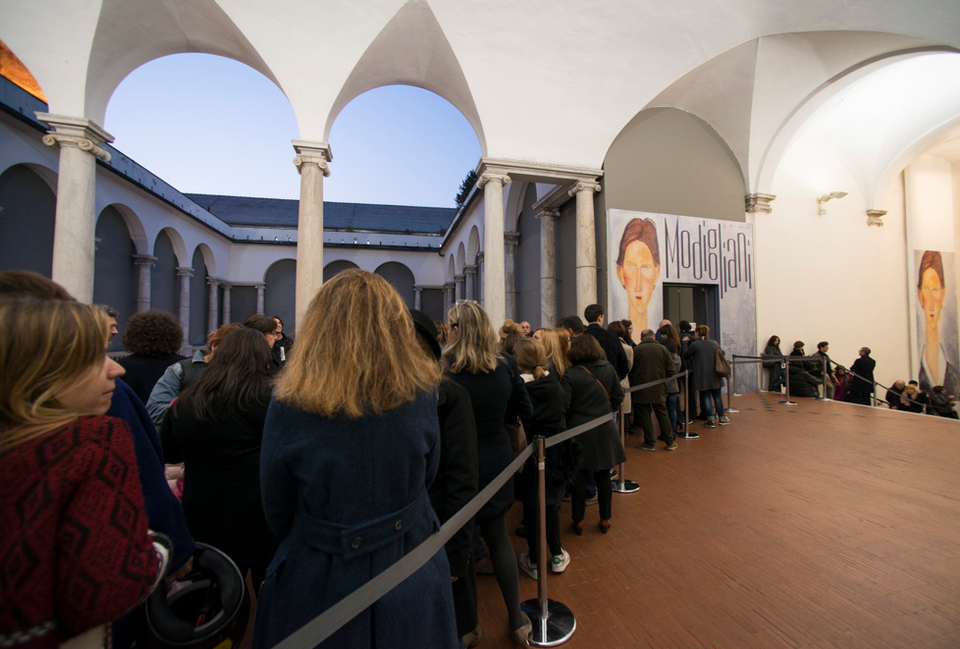
Crowds at the Amedeo Modigliani exhibition in Genoa, which was closed over suspicions about 21 canvases now proven to be fake. Courtesy of the Genova Palazzo Ducale.
For a variety of reasons, Modigliani is one of the most frequently forged blue-chip artists. Experts warned the Telegraph that the Genoa scandal is “the tip of the iceberg.” The increasingly pricey artist hit a record with the 2015 sale of Nu couché (1917–18) for $170 million. At the time, it was the world’s second-most-expensive painting ever sold at auction.
Currently, Modigliani is the subject of major exhibitions at the Tate Modern in London and the Jewish Museum in New York. Neither is suspected of including forgeries.
Additional reporting by Naomi Rea
